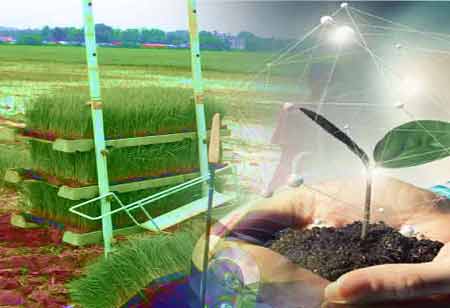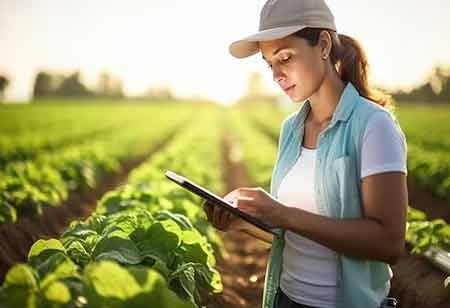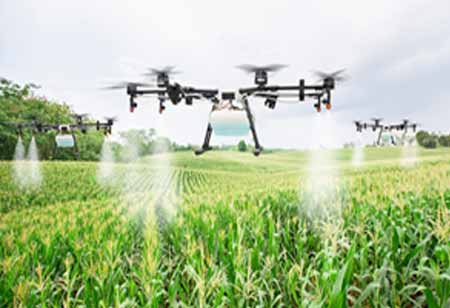Thank you for Subscribing to Agri Business Review Weekly Brief
Role of Integrating Smart Technology with Agricultural Equipment
Recent technological advancements have significantly impacted the agricultural industry, allowing for greater precision and reducing guesswork.

By
Agri Business Review | Monday, January 02, 2023
Stay ahead of the industry with exclusive feature stories on the top companies, expert insights and the latest news delivered straight to your inbox. Subscribe today.
Farmers can maximize agricultural processes by integrating IoT, sensors, GIS, and automation to improve crop productivity, maintenance, and resources.
FREMONT, CA: Recent technological advancements have significantly impacted the agricultural industry, allowing for greater precision and reducing guesswork. NIFA invested $15 million in artificial intelligence and big data programs in 2021, according to the U.S. Department of Agriculture. Technology is important in farming and ranching because it allows for higher crop productivity, reduced fertilizer and water use, less chemical runoff, and safer working conditions. Increasing agricultural productivity and production involves incorporating technologies into agriculture.
Technological advancements and new tools offer opportunities for the agricultural community. There is a growing interest in emerging technologies in agriculture farm equipment.
IoT and Smart Farming Equipment: By 2050, the world's population can grow to 9.7 billion, resulting in a 69 percent increase in agricultural production. Smart farming equipment and sensors connected to a wireless network are referred to as the Internet of Things (IoT) technology, which provides insights into efficiency and productivity by monitoring every action taken in the farming process. Sensors provide up-to-date information so that you can make changes promptly. Knowing when your crops need water or nutrients would allow you to yield more crops with less waste. This type of new farming technology is essential to meeting the demands of the farming industry, but it also comes with risks. Consider using a virtual private network (VPN) to avoid security threats. Use strong passwords, keep your personal and business networks separate, and keep your personal and business networks separate.
Geographic information systems (GIS): The placement of sensors on farm machinery can assist in similarly tracking its health to smart technology in the field. The use of GPS and other sensors in tractors and other agricultural equipment is known as precision agriculture or GIS. Sensors such as autosteer technology, yield mapping, and harvest documentation can compensate for uneven terrain. Besides monitoring the tractor's health, other sensors alert the operator when maintenance is required. The latest farming technologies allow you to maximize yields and efficiency by making informed decisions about how to use your machinery.
Robotics and Automated Farm Equipment: Agribusiness operations can benefit from automation by using machinery that performs jobs efficiently and more quickly. It is important to complete labor-intensive tasks as quickly as possible to maximize crop yields. Consider applying fertilizer and pesticides at an automated rate after soil sampling. This space has many opportunities since technology is new but growing rapidly.





